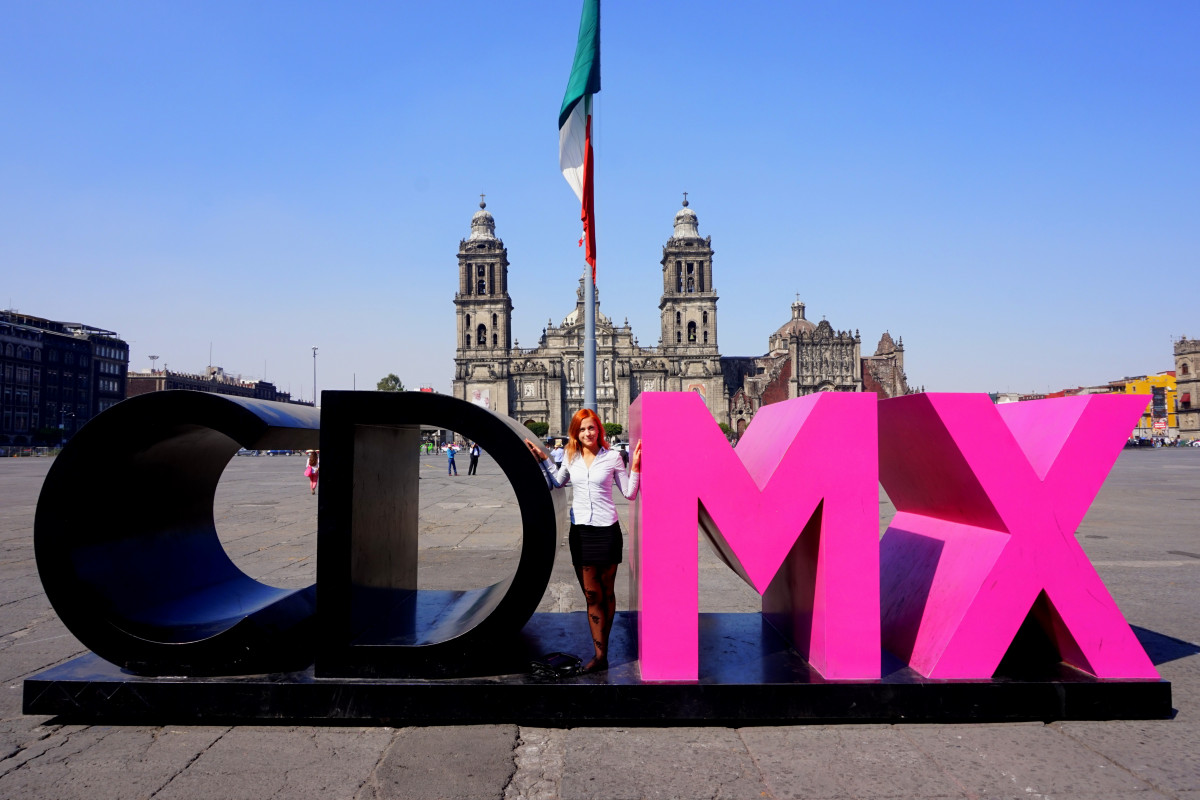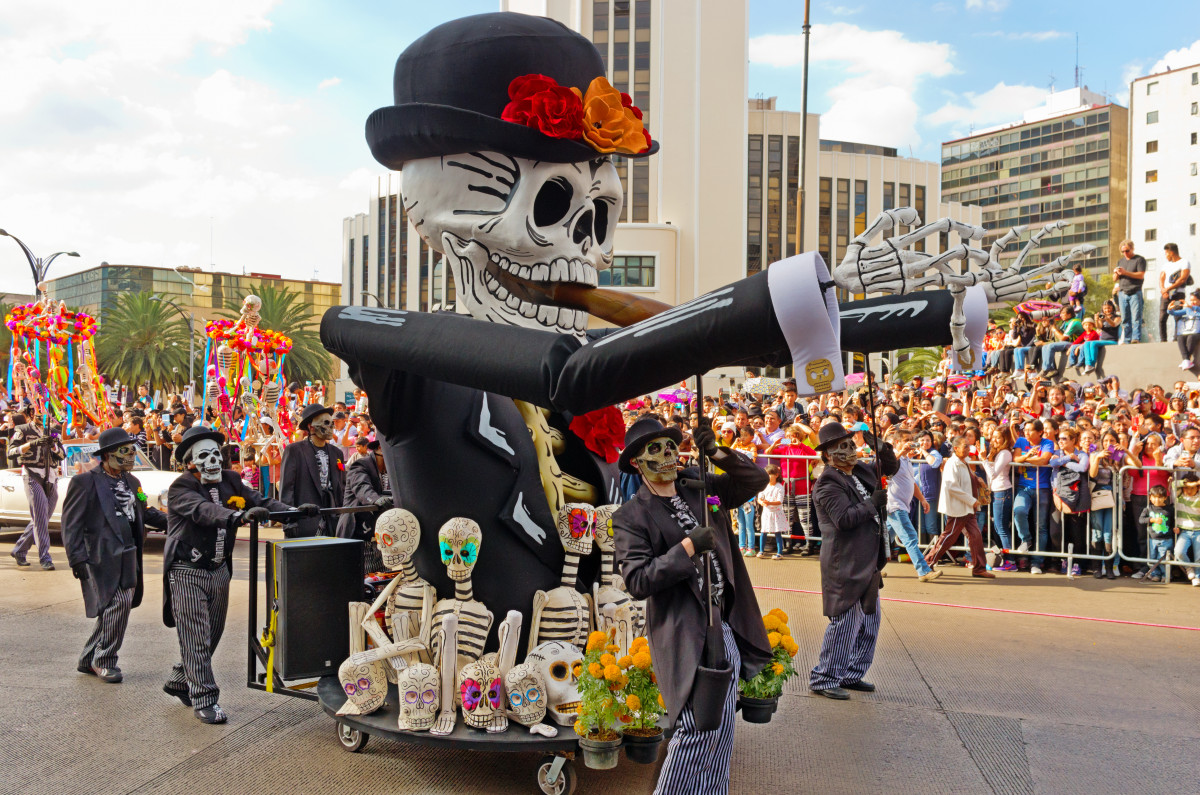Best Books to Learn Spanish
What’s the best book to learn Spanish? While some might say that you can learn a language by watching TV, I fully stand by books. Naturally, watching tv and having to talk to people can accelerate the process, books are always going to be your base and place to refer to when you learn.
Why consider my recommendations? Who am I to tell you which books are the best for learning Spanish? I didn’t grow up bilingual. I learned and achieved fluency in quite a few languages and learned Spanish in just 6 weeks thanks to my methods. Then, I did the same with Italian.
A year later, I was debating on national TV in Spanish, and two years later, I worked as a Spanish editor, being the only non-native Spanish speaker.
Certain books I recommend aren’t the most popular books, as I believe that just because it’s been bought, it doesn’t mean that it will actually teach you the language. Case in point, Rosetta Stone or Duolingo apps. I’m yet to meet someone who mastered the language through them, but I’ve met plenty of people who can’t even ask where the toilet is in Spanish and have been “using” those apps.

Best Books for Learning Spanish
Keep in mind that most books will focus on Spanish from Spain. There are differences between Spanish from Spain and Spanish in Latin America (even between countries) in both vocabulary, grammar and pronunciation. While you will be understood, this is just something you need to keep in mind.
1. Complete Spanish
Every language I start learning I first work on “PONS self-learning language in 3 months” book. Unfortunately, these books are published by LektorKlett and are only available in German and Polish.
If you speak either, then I highly recommend these books (along with their thematic dictionaries), but the closest version I found of this is Complete Spanish self-learning and Hugo Spanish.
This book is for an absolute beginner as it will introduce you to language structures, composing sentences and starting grammar.
When I study a language before moving onto any self-study book I create a list of the most common words in that language. I like to have a sense of what I’m reading when an example is given and like to know how to ask basic questions, such as: how? why? who? where? and so on.
I always thought that I needed to create my own lists, but fortunately, these days someone did it for you by publishing Spanish Key Words. It’s something you will be coming back to once you start learning.
2. Madrigal’s Magic Key to Spanish
It’s a unique way to learn Spanish. This book was published in 1950s and hasn’t changed since then (as there’s no need for it).
This book is based on identifying patterns to let you understand the language better and is particularly aimed at English speakers as it compares Spanish to English a lot.
3. Spanish Phrase Book
Why phrasebook make it to my list? Phrasebooks are not just to learn how to ask for directions or order a beer when you travel. They can teach you how to structure sentences and put together words to do so – simply because you already know the phrase, so it’s easier to understand it.
Phrasebooks will also teach you important thematic vocabulary, so before moving onto a thematic dictionary, I recommend diving into it. Lonely Planet edition is a good option as well.

4. Thematic Dictionary
The thematic dictionary is excellent when it comes to expanding your vocabulary. A human brain can remember things more easily than words are split into categories and groups.
Even more for some people when they can visualize it – in this case I suggest this book.
Now, you can naturally create a thematic dictionary on your own – I used to do it when I had no resources near me. But if you can afford it and make your life easier, just get one.
5. Easy Spanish Step by Step
This book is not easy like Madrigal’s, but it’s surely thorough. The reading exercises at the end of each chapter are useful and motivating.
It absolutely should be used along with other resources I mentioned above, but treat it like a workbook for school and you’ll notice good results.

6. Parallel Stories in Spanish
Probably my favorite type of book, as it makes language learning much quicker. Once you have a sense of grammar and basic, read read read as much as you can!
Parallel books are fantastic for learning Spanish because they’re adjusted to your level and if you’re unsure about the word you can take a peek on the other page where the same exact thing is written in English.
I linked this book as an example, but there are so many more. Even entire literally masterpieces can be found as parallel books.
If you think you’re still hungry for more, I recommend this workbook for mastering conjugation and tenses.
Some other people will recommend these very strict verb-oriented books such as this highly-rated one, but I think it wants you to memorize things instead of finding a pattern by learning how to think when it comes to conjugation (you can find patterns even in irregular verbs, trust me).
Any questions about my methods and recommendations? Want to add other best books to learn Spanish? Let me know by posting a comment below!







What a great adventure. I’m so inspired after reading your blog. I believe that sooner you begin to speak a new language, the sooner you’ll open yourself up to a world that’s bigger, richer and more inspiring. I followed you on Instagram and subscribe to your youtube channel. Looking forward to your travels.
Do you recommend only learning one language at at time?
Depends. As an adult it’s better to be do a full immersion at the time, but if you think about it when kids are exposed to 5 languages at the same time they can switch between them easily.
Thank you for the info, the link to “Complete Spanish” doesn’t work. Can you send the ISBN?
Thank you
Apologies! Link fixed now.
Awesome, thank you!!